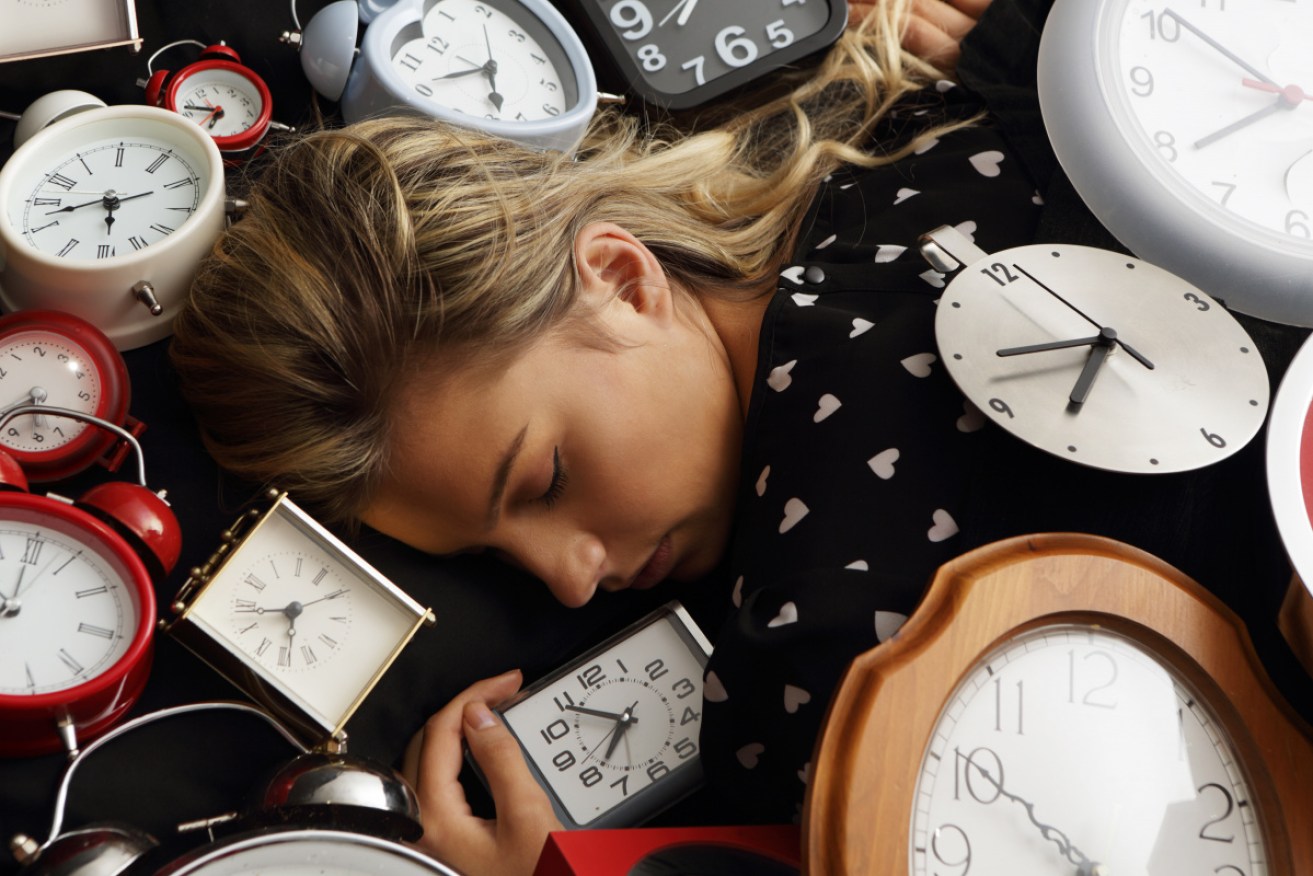Daylight saving time is ending, but some think it should stick year round


Living with DST means adjusting your sleep patterns a couple times a year. Photo: Getty
This weekend, many Australians will get an extra hour of sleep thanks to the end of daylight saving.
In the wee hours of the morning on Sunday, millions of devices will automatically adjust an hour back to 2am, officially putting an end to summer daytime hours.
But not all Australians will have to deal with the change; DST is not observed in Queensland, the Northern Territory or Western Australia.
What is daylight saving time?
DST is used to take advantage of the longer hours of sunlight during summer.
It begins at 2am AEST on the first Sunday of October and ends at 3am AEDT on the first Sunday of April.
That means on Sunday the time will go an hour back when clocks strike 3am in Victoria, NSW, Tasmania and the ACT, and 2.30am in South Australia.
Sydney Institute for Astronomy professor Tim Bedding told the University of Sydney’s newsletter sunrises and sunsets occur at different times throughout the year because of the Earth’s movement around the sun.
“The effect of [DST] becomes less as you move towards the equator, which is presumably why Queensland decided not to adopt daylight saving,” he said.
“Without adjusting the clocks, we would find sunrise in Sydney varying from about 4.30am in summer to 7am in winter.
“Given this variation, we put the clocks forward by one hour during summer months, so that the earliest sunrise is about 5.30am.”
Should it be abolished?
There have long been arguments about whether clocks should be adjusted back and forth throughout the year, especially as health concerns have emerged.
Research has found side effects of adjusting to the end of DST can range from sleepiness and impaired thinking to depression and serious health events like heart attacks.
Adopting DST year-round would also be expected to reduce road deaths, crime and peak energy consumption, as well as boost business and trade.
Research by University of Queensland associate professor of human geography found 80 per cent of Australians support daylight saving.
In an article for The Conversation, Sigler said one of the options that could improve daylight saving would be making it permanent, instead of switching back and forth.
The idea doesn’t just hold sway in Australia; in the US, senator Marco Rubio reintroduced the Sunshine Protection Act last year, a piece of legislation that would make DST permanent.
The bill has largely been left in limbo since, although he reiterated his support for it in March.
Back Down Under, there is also the argument that daylight saving should apply uniformly across Australia to simplify time zones.
As it stands, the country is split into three time zones during winter, and five in summer – or, as Sigler pointed out, up to 11 if you include regions such as Norfolk Island and a section of the Nullarbor.








